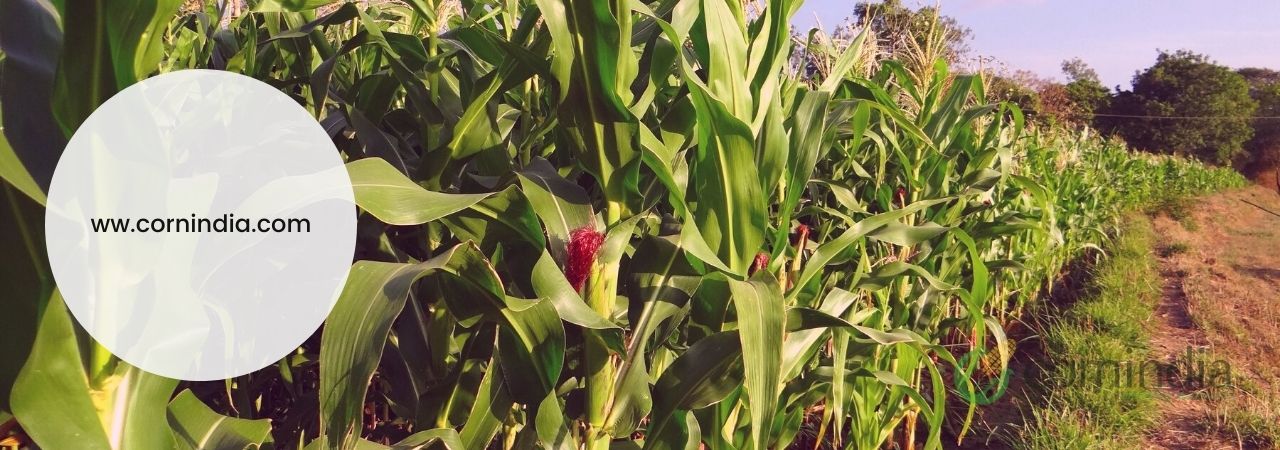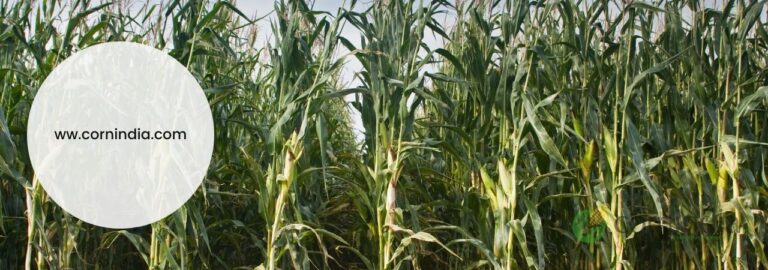
Maize Elite Inbred Lines: Maize (Zea Mays L.) is the most widely distributed crop and ranks third in world crop production in India. It is regarded as an important food grain, feed and fodder crop. More than sixty species of insects have been reported to attack maize crops during their different stages of growth. (Anon. 1998. Among the different insect pests, stem borer species associated with maize in India are Chilo partellus swinhoe and Sesamia inferences walker commonly known as pink borer.
Losses due to S. inferens which is a major pest during post rainly season in south India varied from 25.7 to 78.9%. Panwar (1998) reported the infestation of the maize stalk borer (Chilo particles) throughout India during the rainy season while S.inferens only in the peninsular.
India during the winter season as a serious pest causing grain yield losses ranging from 18.0 to 49.0% (Anon., 1998, and Anon., 1999). Because of higher grain yield losses, research efforts are being initiated to develop resistant hybrids at the Agricultural Research Station (Maize), Amberpet, Hyderabad, since it is the most efficient and permanent means of controlling the pest.
Screening of all the elite germplasm was undertaken in the present investigation as a first phase of the resistance breeding programme and to identify the highly resistant donor parents under natural conditions for their future use in a hybrid breeding programme.
One hundred and thirty-two Maize Elite Inbred Lines developed from CIMMYT introductions and recycled lines developed from Indian origin with two checks (Basi local as susceptible check and DHM105 as resistant check sown at regular frequency of 20 rows of test entries) were sown in rows of 5 m length in simple lattice design with two replications during rabi 2000-2001. A spacing of 75 cm between rows and 20 cm between plants was adopted. Hyderabad centre is considered one of the hot spots during the winter season for the incidence of S.inferens. Therefore, no artificial inoculations were attended.
For ensuring greater exposure to the pest infestation highly susceptible check Basi local was sown as spreader row at regular intervals along with resistant check DHM 105 for comparison. Mean data on per cent of leaf damage, dead hearts and number of plants damaged in each genotype were reordered replication-wise on a whole plot basis at 25 days old seedling stage. Grain yields obtained in plot-1 were also recorded for all the genotypes. The pest incidence was quantified as per the scale (1-9 rating scale) suggested (Anon., 1999), where 1-3 rating scale as resistant, >3-6 as moderately susceptible and >6-9 as susceptible. Results were analyzed as suggested by Panse and Sukatme(1961).
The incidence of pink borer damage over two replications was found significant in 132 Maize Elite Inbred Lines known for their good agronomic and desirable plant characteristics. The intensity of S. inferens infestation among the genotypes ranged from 1.20 (Entry No: 681) to 8.95 (Entry No., 762) with each of 42 inbred lines grouped as resistant and moderately susceptible and another 48 genotypes as susceptible.
The average incidence rating of these tree groups was recorded as 2.25, 4.95 and 7.85 respectively whereas resistant check (DHM 105) and susceptible check (Basi local) were recorded as 1.85 and 8.85 respectively. Higher infestation among the genotypes during the early growth stage is attributed to the sowing of highly susceptible checks at regular intervals, which helped and served as spreader rows. It also created a congenial atmosphere for easy establishment of larvae in the fields.
Among the resistant group genotypes, entry numbers viz., 655,660,662,673,675,681,684,686,691 and 718 recorded lower incidence ratings (1.20-2.00) coupled with higher grain yield were considered as potential parents for resistance breeding programme (Table 1). Entry numbers 681 and 691 recorded the lowest incidence rating of 1.20 and 1.25 and with maximum grain yield of 7,840 and 8,000 kg respectively; hence these genotypes may be used as donor parents in the hybrid breeding programme after confirmation. These results confirm the observations of the earlier reports (Satyanarayana and Sai Kumar, 1995., Satyanarayana, 1995., Koteswara Rao et al., 1991 Anon., 1998).
LITERATURE CITED
Anonymous, 1998. Annual Progress Report, Directorate of Maize Research, Cunning Laboratory, IARI, New Delhi.
Anonymous, 1999. Annual progress Report, Directorate of Maize Research, Cunning Laboratory, IARI, New Delhi.
Koteswara Rao, G.,E.Satyanarayana and R.Bener Raj.1991. Potential inbreds and management of Turcicum leaf blight and charcoal rot of Maize. In plant Disease Problems in Central India (Edn. K. Muralidharan and C.S. Reddy), Indian Phytopath. Soc. pp. 20-22.
Panse, V.S. and P.V. Sukatme, 1961.Statistical methods for Agricultural workers 2nd Edn. ICAR, New Delhi.
Satyanarayana, E. 1995. Genetic studies of late wilt and Turcicum leaf blight resistance in Maize, Madras Agric. J., 82(11): 608-609.
Satyanarayana, E. and R.Sai Kumar,1995. Studies on shoot fly resistance in maize. Current., 24: 206-208.
Authors
E.Satyanarayana, P.Shanthi, R.Sai Kumar
Agricultural Research Station(Maize), Amberpet, Hyderabad-500013 (India)






